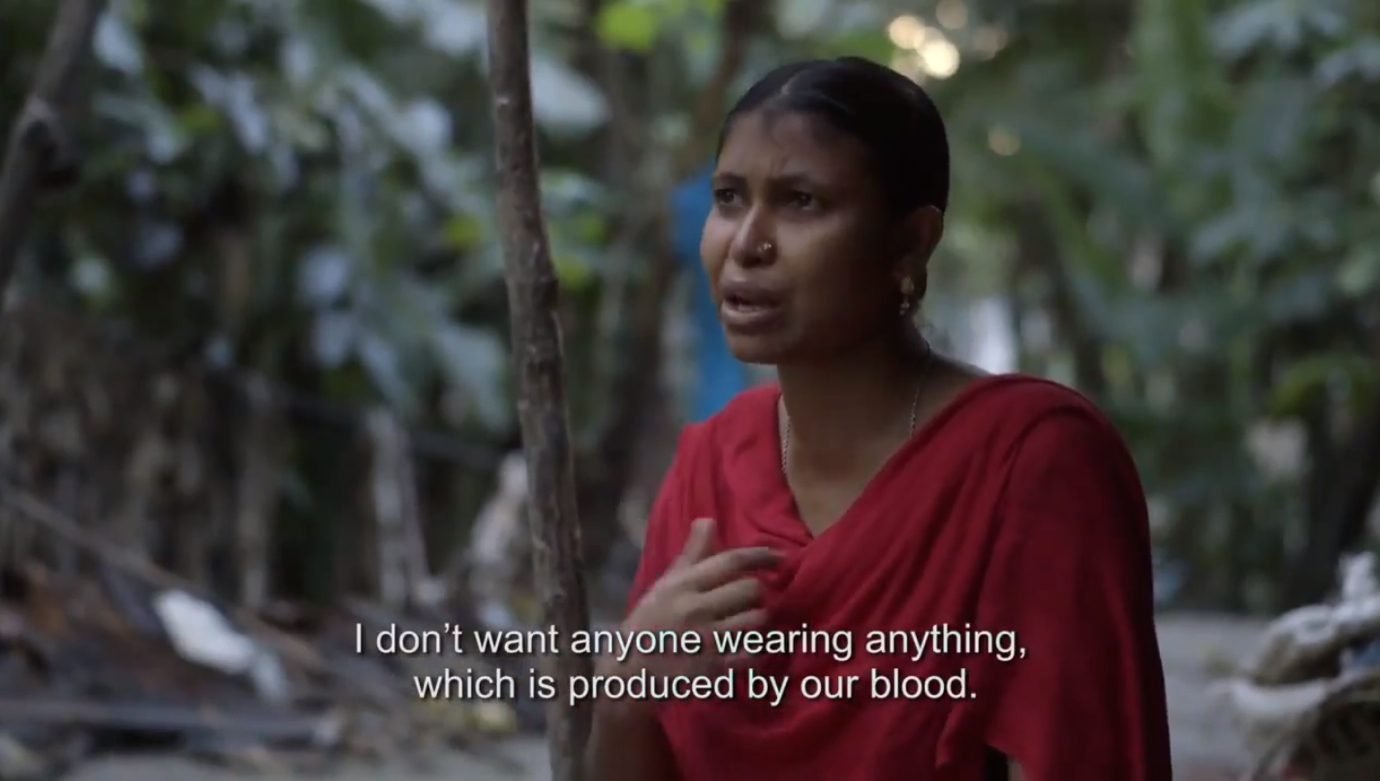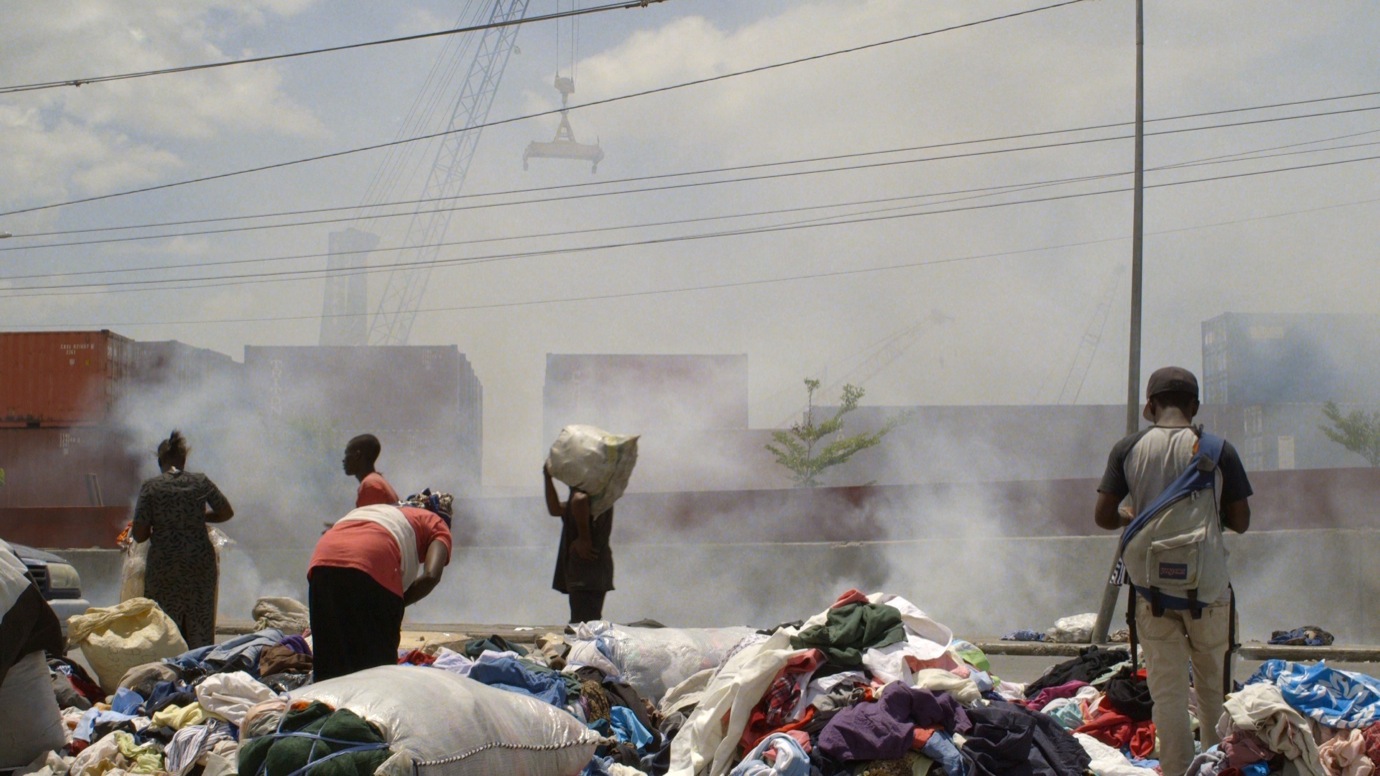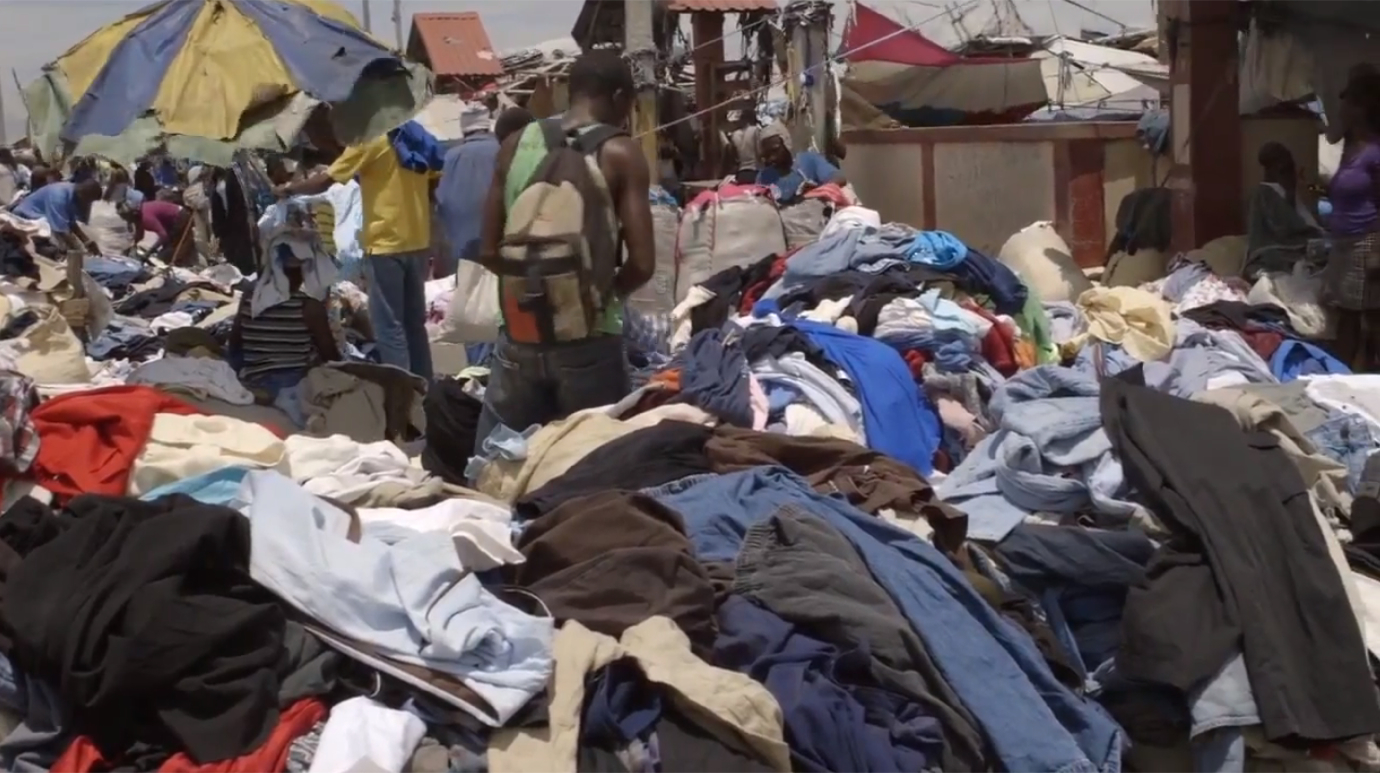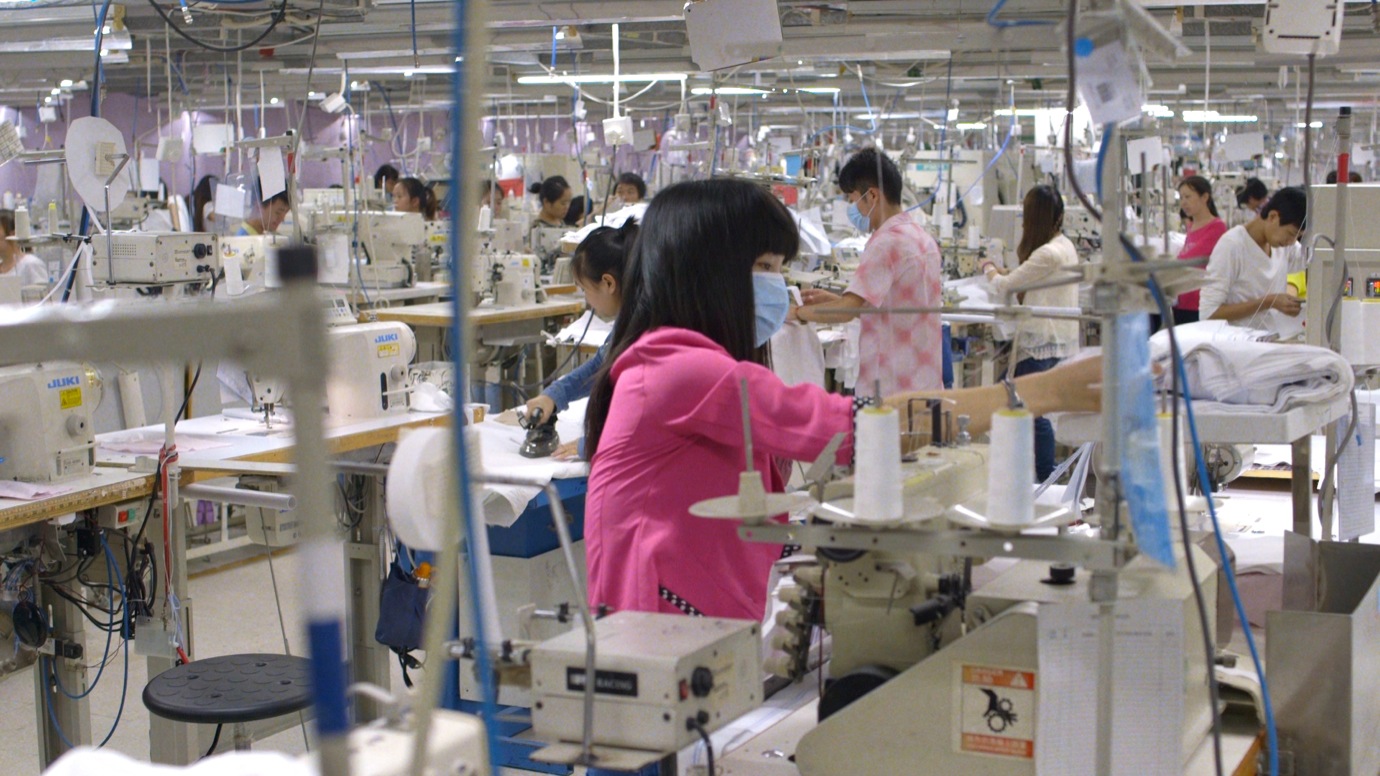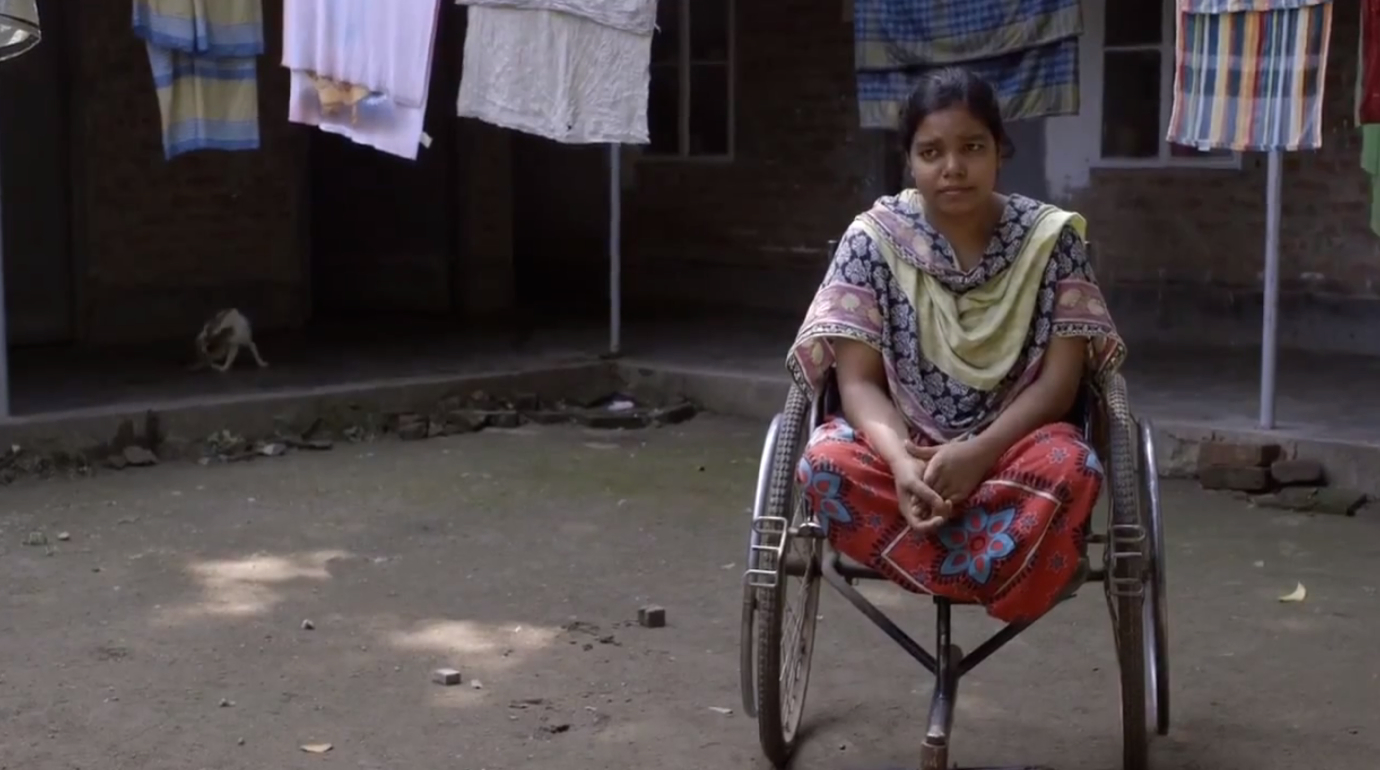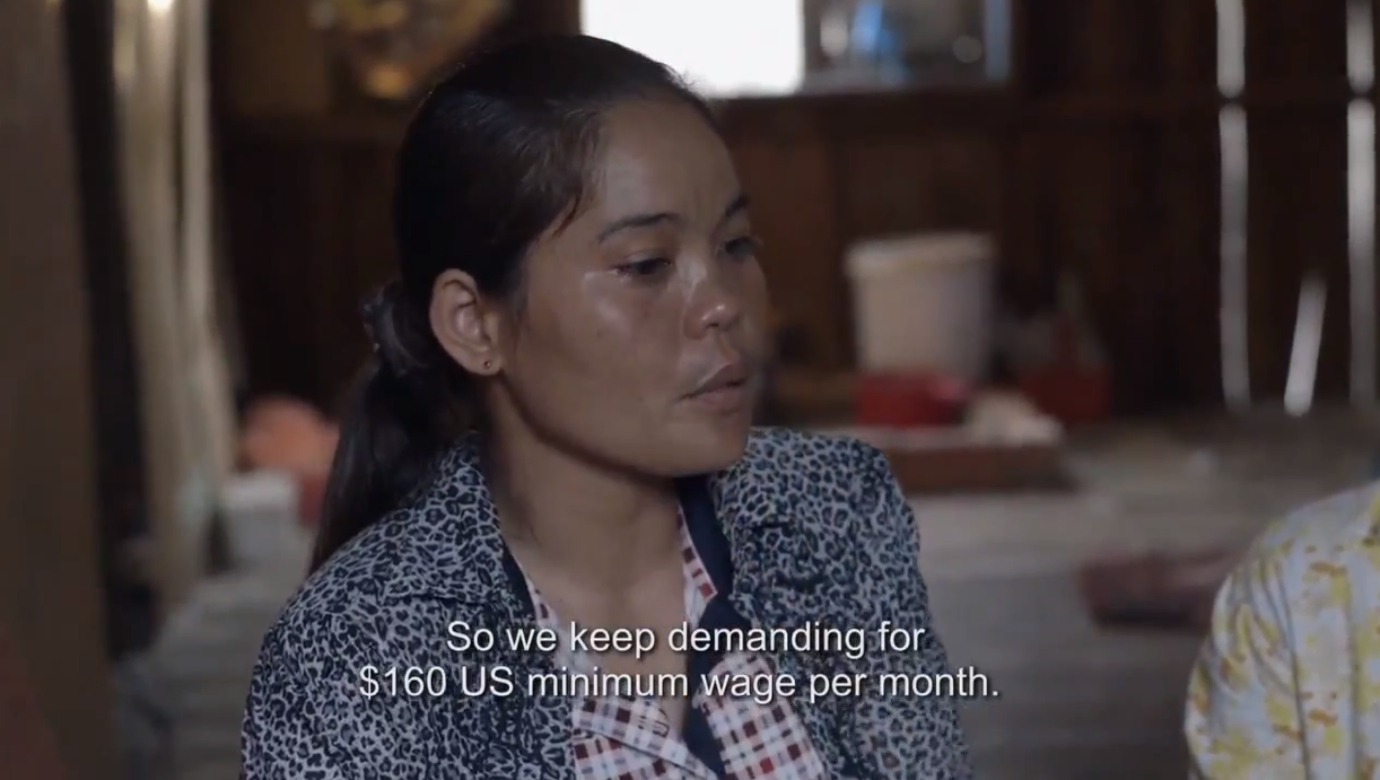Watch the full film online here
Andrew Morgan, a trained filmmaker from America’s east coast, had never as such worked in, with or about fashion. Rather, his previous films, such as After the End, explore themes of growing social inequality, extreme poverty, globalisation and environmental issues, vague and all-encompassing as they are. “The challenge as a filmmaker is always to address these in a way that is not too uncontrollably large,” he explains over Skype from Los Angeles, where he currently resides. “I was kind of wrestling with a film dealing with these things, and I just couldn’t get it right from a story standpoint.”
It was the 2013 Rana Plaza disaster in Dhaka, Bangladesh, in which over 1,000 garment factory workers lost their lives as a run-down clothes factory producing garments for the Western market collapsed above them, that triggered Andrew to find an angle on these devastating issues and take political action. After reading about the incident in a local newspaper, he spent the next couple of days making phone-calls to people around the world, doing research and getting insight. “Fashion sustainability is a really fascinating topic because it addresses all of these major social and environmental issues – but it’s not this stodgy, detached industry [like oil] that we as consumers don’t interact with – it really does link the whole world together,” he explains. “I fell in love with pursuing the idea, not just in terms of what is at stake, but also what was unseen about the industry, and how it could inspire to really immediate action.” Fashion became a way for Andrew to address macro issues through a tangible prism that the whole world interacts with on a daily basis.
“I’M INTERESTED IN COMPANIES COMMITTING TO LONG-TERM TRANSPARENT, TRACEABLE RELATIONSHIPS WITH THEIR SUPPLIERS.”

